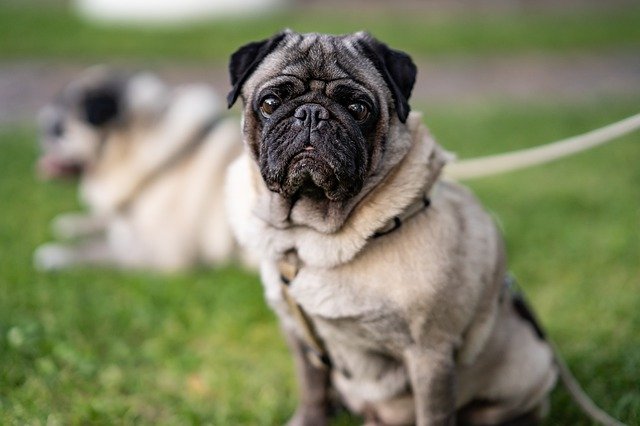Your cart is currently empty!

Simple Ways To Help Train Your Dog

You and your pet will enjoy a closer relationship after he is properly trained. If your dog knows how to socialize and behave properly, spending time with him will always be pleasant and enjoyable. To foster an even better friendship with your pet, keep reading.
When you correct your dog verbally, those corrections should be short and focused on the behavior. There’s no point in ranting at your dog. Just say no and direct them on what it is you desire for them to do. Use a tone which is obviously one of consternation.
Timing is everything in training your dog, and you need to make sure you don’t overdo it. Small, focused sessions are necessary at the beginning. Note how far into the training session your dog loses his attention span. That’s the time to quit.
During the dog training process, take care not to inadvertently reinforce bad behavior. Never give your dog any treats or special attention for doing bad things. For instance, don’t pat your dog on the head if it’s jumping up on you.
It is not difficult to teach a dog how to roll over, and having some treats on hand makes it easier. The first step is to get the dog to lay down. Hold a treat between your forefingers near the left side of your dog’s head, and then slowly pass the treat in front of his face and to the opposite side. They should follow that treat with their nose, which should cause them to roll over. As he rolls, state the command “roll over” in a firm tone. Repeat the process until your dog associates the command with the action. It will take some work, but keep on trying!
Have a good treat ready for your dog when it completes something that you ask. The reward is a great way to teach your dog that he has performed a task that you wanted him to do. This is how they’ll know what to do and what not to do.
Patience is imperative when you engage in a training session. This prevents both of you from getting irritated and angry with the training. Understand that the proper training will come with time, so cut your dog some slack and let them learn.
Don’t spend too long on a single canine training session. Dogs can quickly lose focus when you prolong activities. Limit the amount of time you train at first to less than 10 minutes.
Whenever your dog jumps onto you, grab their paw and gentle squeeze to make sure they understand that jumping is not good behavior. It is uncomfortable but a non-painful experience for the dog. If you do this, they will not jump up on your or visitors any longer because they will think about you squeezing their paws.
Training Sessions
Maintain brief training sessions. Dogs have a short attention span, and keeping the training sessions short and sweet prevents them from becoming a boring chore your dog dreads. If you want to train more you should always give yourself and dog a break.
Do not wear out your new puppy with an excessive training regiment. A puppy has a short attention span and limited energy to focus, so keep your sessions brief and as positive as possible. If you try to teach too much, he won’t like the training sessions and won’t remember everything. This will only frustrate you over time.
Don’t give up on training your dog, no matter what. Your dog will not remember his training if you are not there to constantly remind him of what you expect. Just as you need to keep feeding and sheltering your dog, training is a never-ending process.
Anxiety causes destructive chewing. If you give the dog a chew toy and put him in the safety of a dog crate, he can occupy himself while you’re not at the house.
You should always give your dog a challenge. Even though you know he’s been properly trained, be sure to quiz him from time to time.
Your dog needs to have regular vet check-ups. If your dog is going through a tough time with training or seems to be regressing, ensure his health is good. Dogs hide discomfort and pain for a long time. It’s the small behavioral changes which may alert you to the problem. For instance, aggression could be a mask for pain.
It’s surprising for many people to know that canine training is never as time consuming, difficult, or stressful as people think. Simple changes in our own behavior, as well as simple techniques that we implement, can result in big improvements in our dog’s behavior.